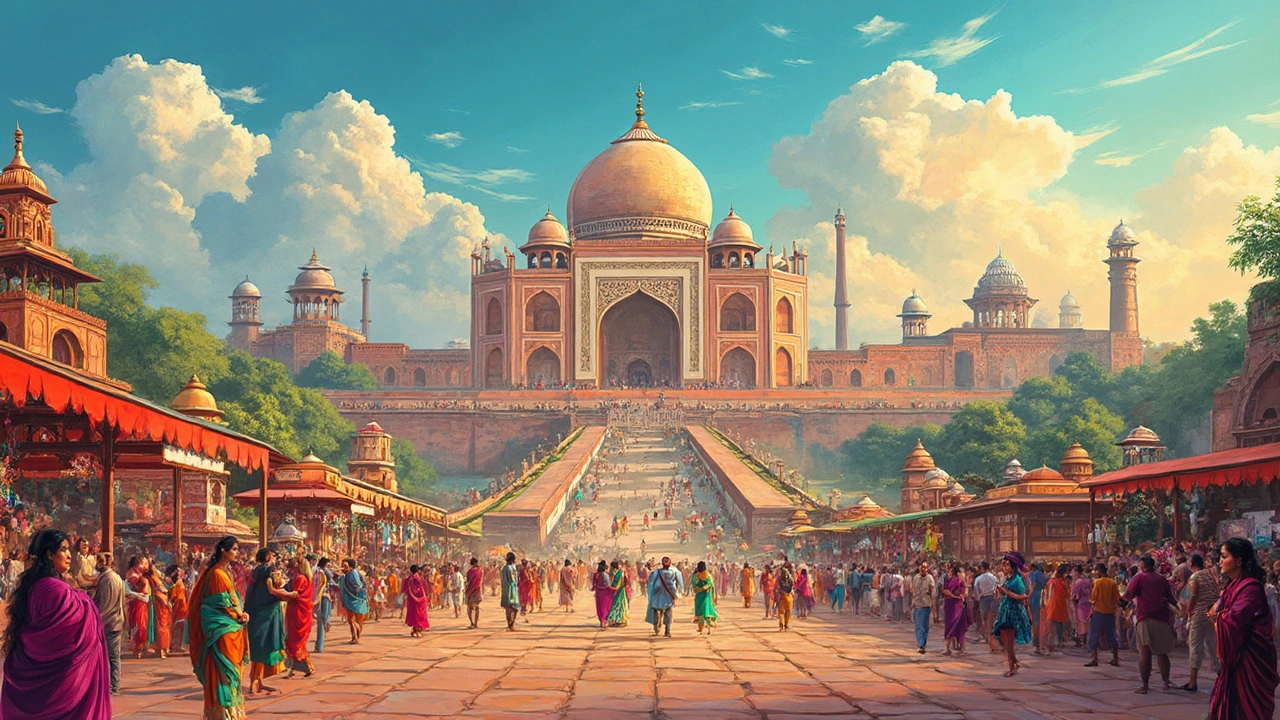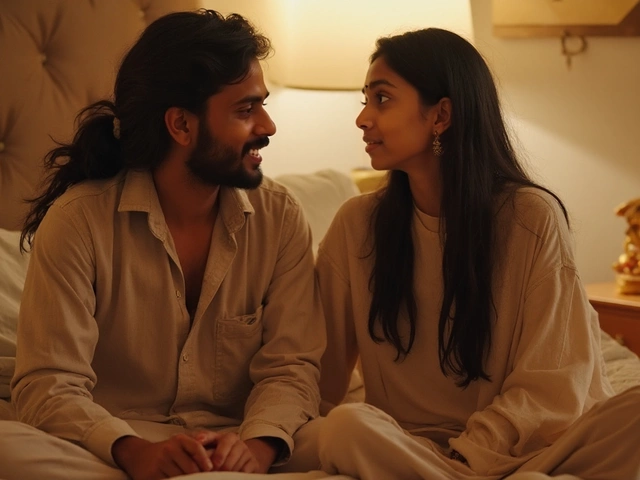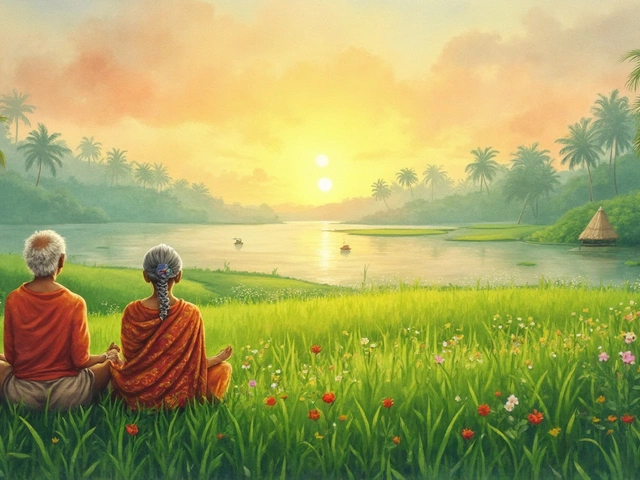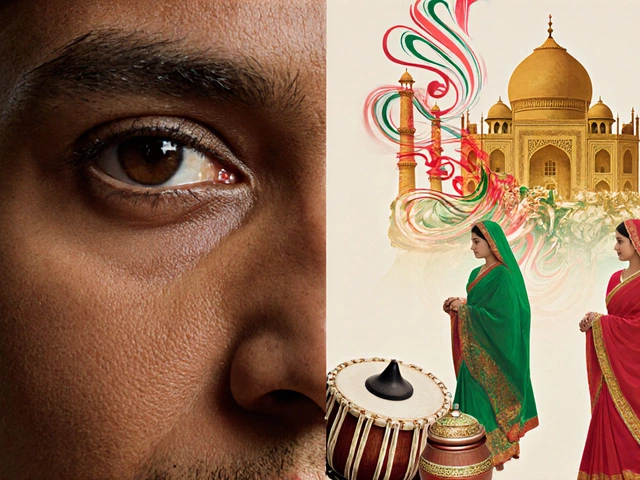Heritage List: India's Living Traditions, Art, and Cultural Treasures
When we talk about the heritage list, a curated record of cultural practices, art forms, and traditions recognized for their historical and social value. Also known as cultural heritage, it includes everything from temple carvings passed down for centuries to the rhythm of a Bhangra beat that still moves villages today. This isn’t just a list of old things—it’s a living map of who we are.
India’s traditional Indian art, visual and performing expressions rooted in centuries of community practice. Also known as folk art, it doesn’t sit in museums. It’s painted on walls in Gujarat, danced in temple courtyards in Tamil Nadu, and sung in homes across Bengal. Think Pithora murals that tell stories to gods, or the intricate handloom patterns of Banarasi silk that haven’t changed in 500 years. These aren’t relics—they’re daily acts of identity. And they’re tied to folk traditions, community-based customs passed orally and through practice, not textbooks. Also known as local customs, they shape how people celebrate, eat, dress, and even speak. The way you wear a sari in Kerala isn’t the same as in Punjab, and that’s not fashion—it’s heritage in motion.
Then there’s Indian cultural heritage, the broader ecosystem of beliefs, festivals, music, and social codes that define regional identities across the subcontinent. Also known as cultural identity, it isn’t one thing. It’s the silence before a raga begins, the smell of diyas during Diwali, the way elders are served food first, the way a mother teaches her daughter to tie a knot in her dupatta just like her grandmother did. These are the invisible threads holding communities together. And they’re all part of the heritage list—not because UNESCO named them, but because people still live them.
You’ll find stories here about how a single dance form like Bhangra became a global phenomenon, how a forgotten painting style in Gujarat still survives because a village refuses to let it die, and why Carnatic music sounds nothing like Hindustani—even though both come from the same land. You’ll see how dress codes at weddings aren’t about rules, but respect. How food isn’t just fuel, but memory. And how a 2,000-year-old symbol like Om still holds meaning for millions today.
What follows isn’t just a collection of articles. It’s a window into the real India—the one you won’t see in postcards, but in the hands of a potter in Odisha, the voice of a temple singer in Thanjavur, the laughter of kids learning line dance in a village square. This is heritage that breathes. And it’s still being written—every day, by people who choose to keep it alive.





